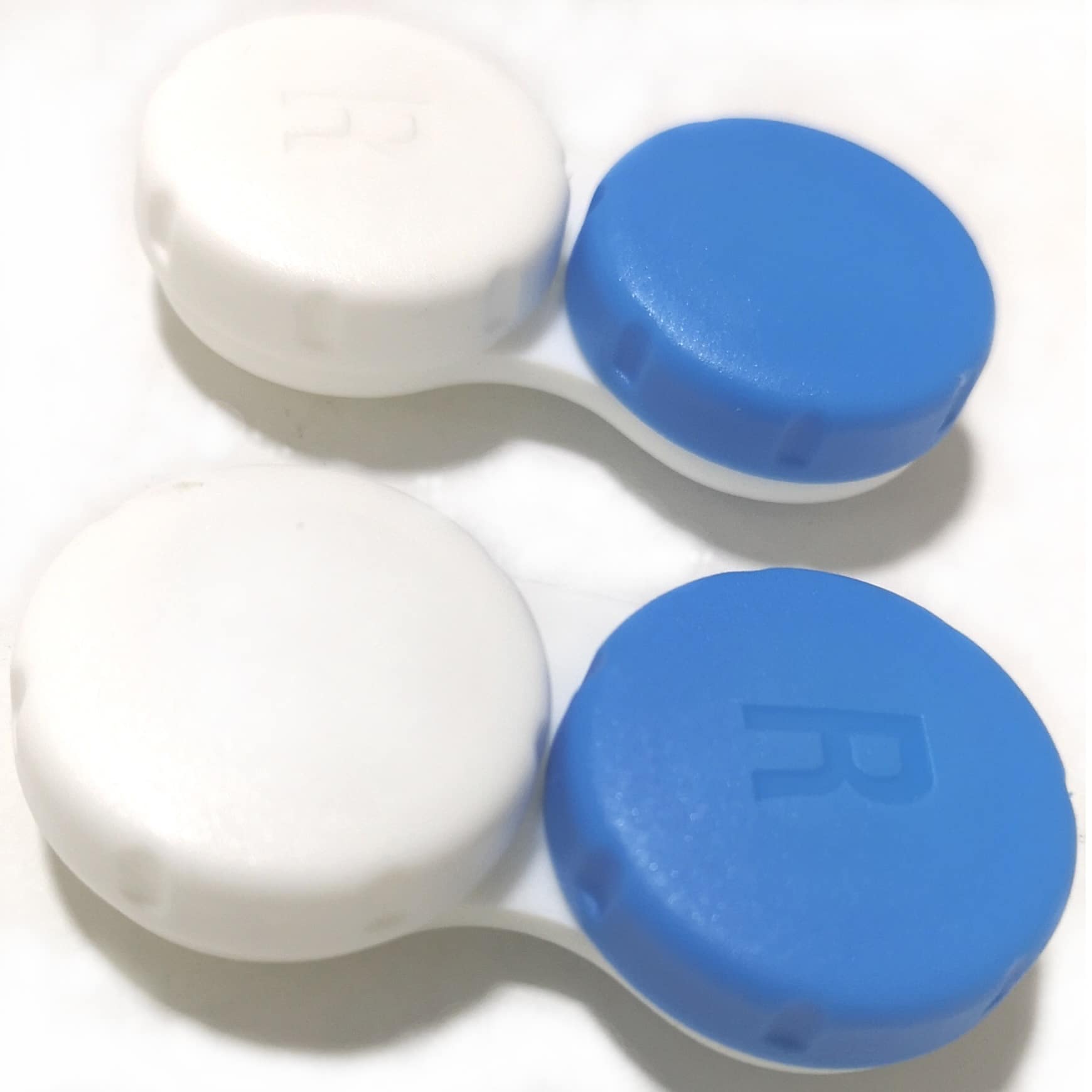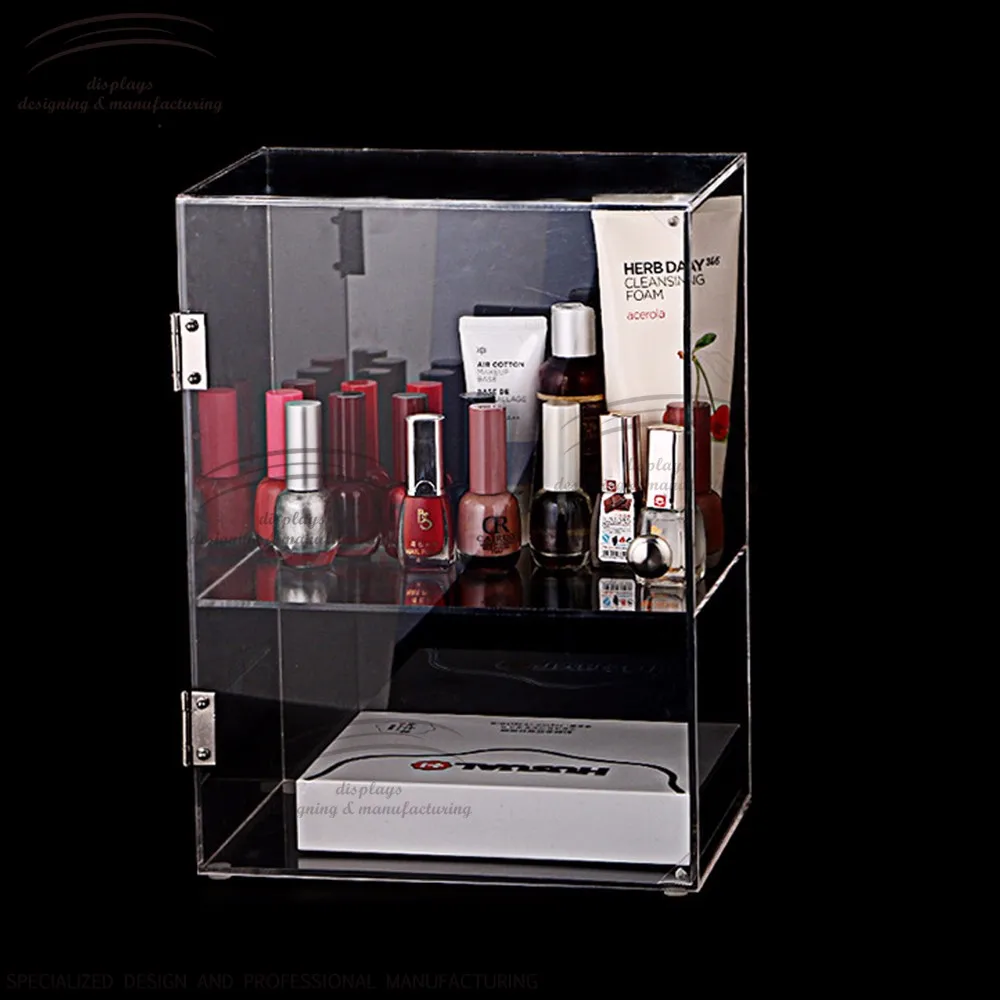

However, some soft contacts referred to as “disposable” by sellers are actually daily wear lenses used for up to two weeks before being discarded. With a true daily-wear disposable schedule, a brand new pair of lenses is used each day.

As defined by the FDA, “disposable” means used once and discarded.


Most soft-contact wearers are prescribed with some type of frequent replacement schedule. Users get used to wearing them within several days. These are made of flexible plastics that allow oxygen to pass through to the cornea. The Federal Trade Commission (FTC) regulates device advertising and marketing practices that cause or are likely to cause substantial consumer injury. Best strategies for reducing your risk of infection involve proper hygiene following recommended wearing schedules using proper lens care practices for cleaning, disinfecting and storing your lenses (which includes reading and following all product labeling instructions) and having routine eye exams. Food and Drug Administration regulates all contact lenses as prescription medical devices. In rare cases, these conditions can lead to blindness. The risk of getting these problems are greatly increased if you don’t care for the lenses properly-and if you don’t wear them properly. Contact lenses are worn directly on your eyes and can lead to serious eye infections and corneal ulcers (sores). In addition to offering flexibility, convenience, and a “no-glasses” appearance, contacts help correct a variety of vision disorders, including nearsightedness, farsightedness, astigmatism, and poor focusing with reading material.īut contact lenses also present potential risks. Approximately 45 million Americans wear contact lenses.


 0 kommentar(er)
0 kommentar(er)
